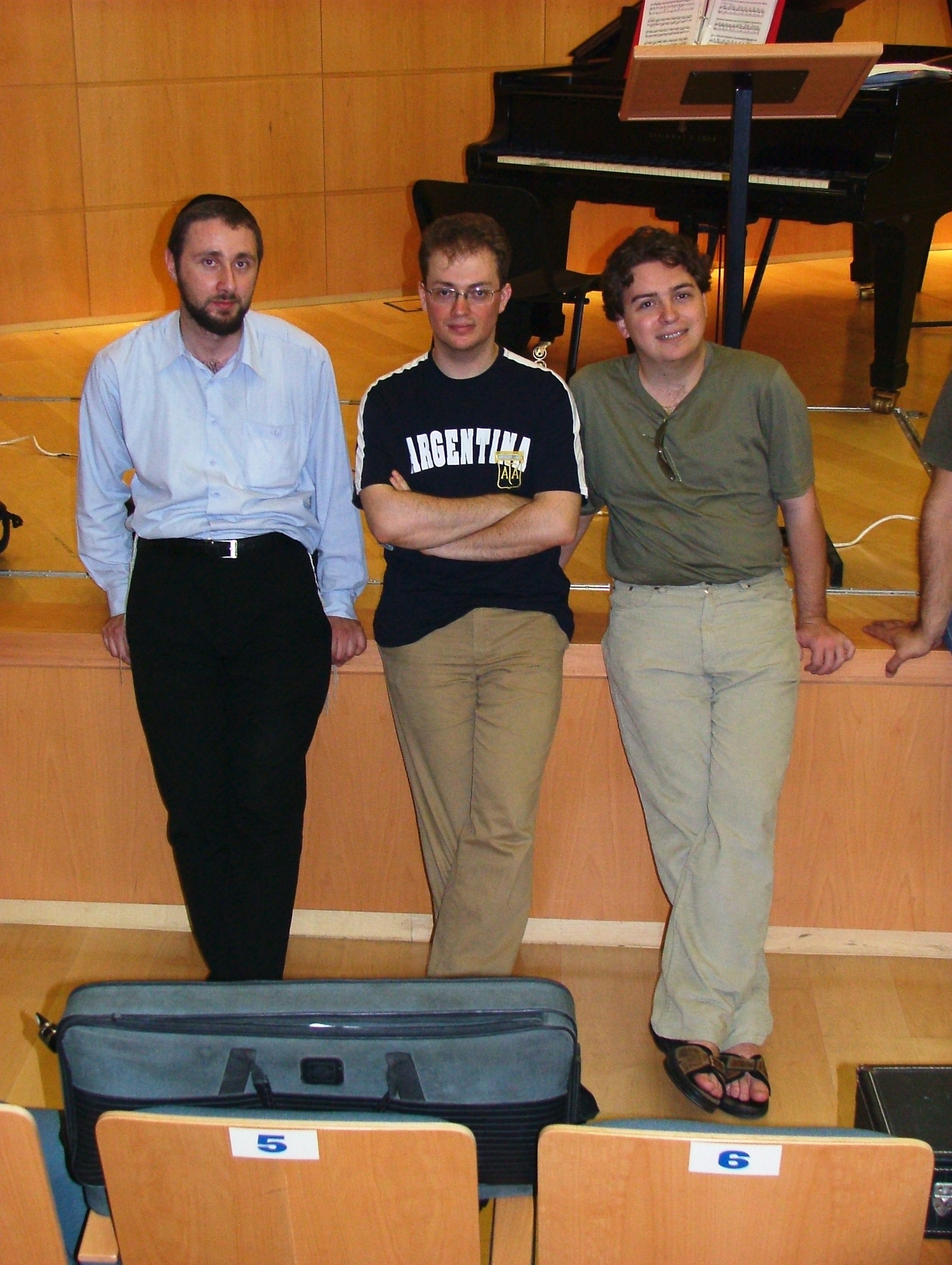
Uri Brener (piano, accordion)
– Anton Dressler (clarinets, live electronics)
The Duo is a product of collaboration between the two musicians which had begun during their joint study in the Central Music School in Moscow in the eighties. During this time, the Duo has performed at numerous festivals, concerts and master classes in the countries around Europe, in America and in Israel (among them such festivals as “Divinamente Roma – New-York” (Italy-USA), International Klezmer Festival of Tsfat (Israel), “Nessiah” Festival in Pisa, Italy, International “Jazz-Globus” Festival in Jerusalem and many others. Their performances took place in such venues as the Capitolini Museum of Rome, the Grand Hall of the Moscow Conservatory, Tel Aviv Museum of Art, Teatro Era, Pontedera, Italy, Music Department Hall of the Bar-Ilan University, Israel and others. AntUr Duo has produced and publically performed live music to three classic silent films – “The Golem” (1920 – by Paul Wegener), “Battleship Potemkin” (1925 – by Sergey Eisenstein) and “The Jazz Singer”(1927 – by Alan Crosland and produced by Warner Bros).
Duo’s repertoire is extremely diverse and includes many different programs – from purely classical to mixed programs featuring jazz treatments of classical pieces and crossover pieces, from different folk – (and particularly Jewish klezmer) traditional music down to avant-garde and free improvisation, as well as original works of the Duo members and those especially written for them. In its programs, AntUr also makes use of the live-electronics aside with a variety of additional tools arsenal – flutes and reeds, accordion, percussion, etc.


